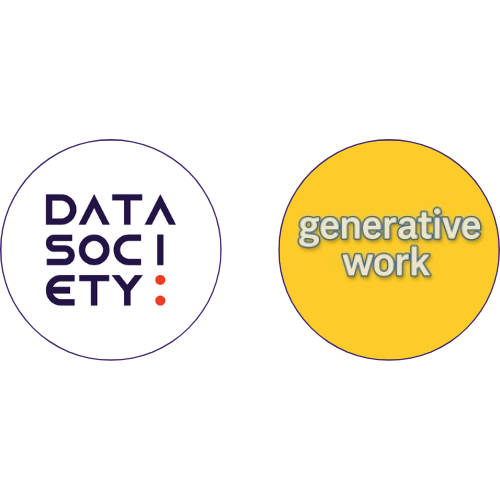Many organizations aim to become more data-driven, but it is difficult to know where to start. While having Excel spreadsheets and integrating business intelligence tools is a good start, it might not be enough to permeate through the levels of a company.
What do we mean when we say “data-driven”?
Data-driven leadership
How is your executive team currently making strategic decisions? Are there tangible metrics that they’re tracking to evaluate their performance and identify new opportunities? In order for a company to become data-driven, it’s critical that top leadership champions the cause and prioritizes concrete results over hunches. While expertise certainly is valuable, many studies show that rudimentary predictive analyses can have similar, if not higher, accuracy. Last year, CaseCrunch challenged lawyers to predict the outcomes of court cases and their AI program beat their prediction accuracy by 20%. This isn’t to say that lawyers will be automated (context is still king, after all), but leveraging predictive algorithms can supplement strategy and improve accountability across an organization.
It’s no longer enough for top leadership to delegate the data responsibilities – executives have to understand how data science can be applied to their industry and how they can leverage it to gain a competitive edge. They have to set the direction of data collection and allocate resources to data storage and infrastructure. Without a good knowledge of the data landscape, it is difficult for the top team to build out a cohesive and current data strategy.

Questions your executive team should be asking
- Which decision-makers should be involved in planning a data strategy?
- Does your manager or leadership understand data science?
- Does your manager or leadership support data science?
Data Workforce Capacity
Even if you build a flawless data strategy and have your infrastructure set up, it won’t run without a team of data professionals to execute it. This is typically one of the more challenging aspects for any company. Because data science is still a nebulous field, and it can be hard to determine which employees/candidates have the skills you need, it is imperative to understand your data science goals and data infrastructure in order to guide your hiring and training practices.

Key questions your team should be asking
- Do we have a written data dictionary or data guidelines that we are using to ensure that our data is standardized and clean?
- Is our infrastructure built for scale and is it secure?
- What data tools will help us meet our objectives, and do we have staff who will be able to leverage them?


